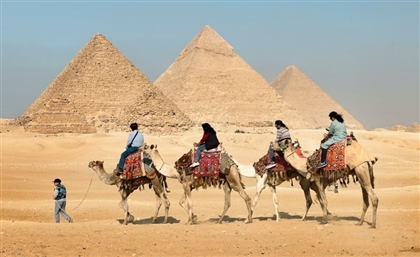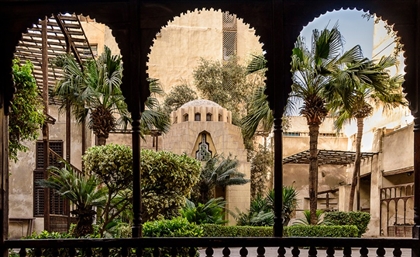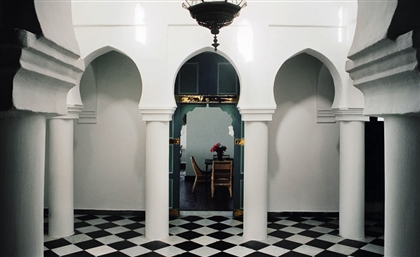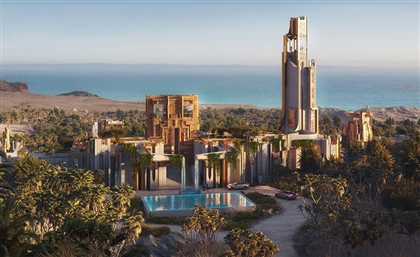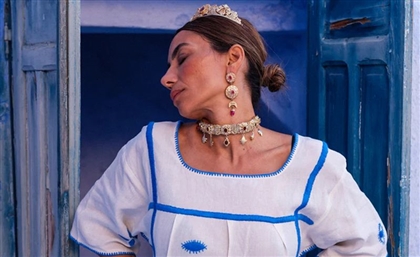Luxor's Historic Wekalet Al-Geddawy Reopens After Major Restoration
Built in 1792, Wekalat Al-Geddawy was an important commercial centre and caravanserai in the Upper Egyptian town of Esna, and after two years of restoration, it is finally open for tourists.

Amongst the temples and natural splendour of the governorate of Luxor, there is a cache of underappreciated cultural heritage that is unique to Upper Egypt. One of them is an Ottoman-era caravanserai called Wekalet Al-Geddawy. Built in 1792, Wekalat Al-Geddawy was an important commercial centre in the town of Esna, where it provided lodging for merchants as they travelled with a camel caravan between Sudan and Cairo, and played host to a bustling bazaar full of exotic wares in its courtyard.In an effort to preserve this crucial piece of Upper Egyptian heritage, the Ministry of Tourism and Antiquities and the United States Agency for International Development (USAID) spent USD 8.6 million to restore Wekalet Al-Geddawy and revitalize tourism in Esna. After two years of effort, the caravanserai is now open for visitors.
Besides the caravanserai, Esna has the potential to be a rich touristic destination due to its wealth of heritage sites, such as its weaving workshops, the Bakkur oil press, and the Al-Qisariya Market, many of which had been restored and preserved with help from the USAID. Esna also stands near the Temple of Esna, which was dedicated to the Ancient Egyptian god of floods and pottery, Khnum.
During the inauguration of Wekalat Al-Geddawy, the Minister of Tourism and Antiquities announced that visitors with an admission ticket to the nearby Esna Temple will be able to enter the caravanserai free-of-charge.
- Previous Article Dr.Sisilove or How (Not) To Diffuse A Bomb
- Next Article Egyptian Festival SANDBOX Announces New Offshoot Concept ‘SBX’
Trending This Week
-
Apr 23, 2024





